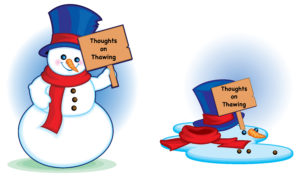Uncategorized
-

George King Bio-Medical, Inc. and NBDF History
May 12, 2023 -

Unite For Bleeding Disorders Walk 2022
June 14, 2022 -

Lab Week Coloring Pages
April 26, 2022 -

Hypercoagulation and COVID
August 9, 2021 -

COVID and Coagulation
May 6, 2020 -

Q&A with Chris Bombardier
February 11, 2020 -

Thoughts on Thawing
November 28, 2018 -

Lot to Lot Correlations
May 15, 2017 -

FVIII Activity: Chromogenic Assay Vs. Clot-Based?
October 14, 2016 -
![Factor Sensitivities – What’s the value, anyway? [Pun intended]](https://kingbiomed.com/wp-content/uploads/2016/08/FVIII-300x200.jpg)
Factor Sensitivities – What’s the value, anyway? [Pun intended]
August 12, 2016
